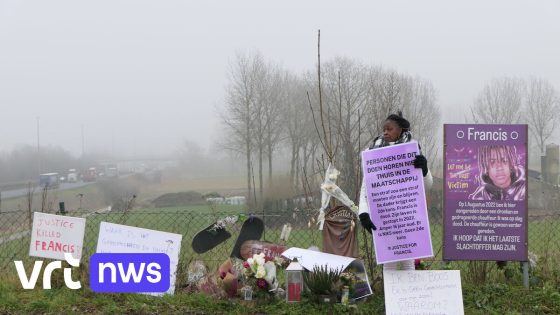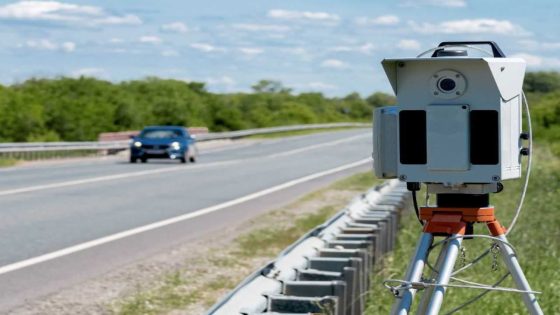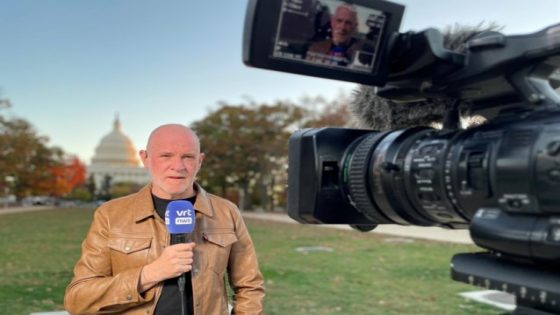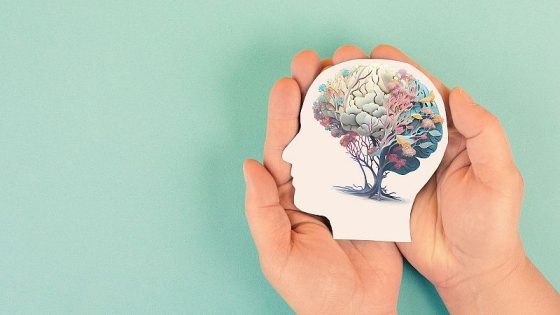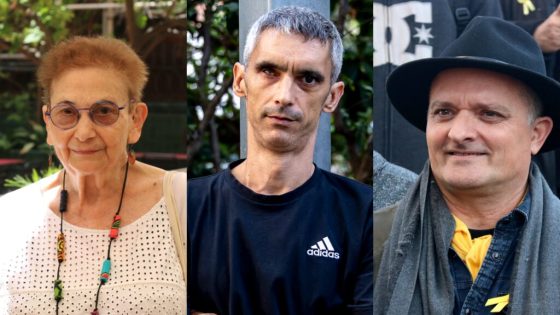On August 1, 2022, a tragic incident occurred when a car struck 16-year-old Francis Aerts while he was cycling. The driver, returning from a party under the influence of cannabis and alcohol, fled the scene. In September, the court sentenced him to nine years in prison and a lifetime driving ban.
- Francis Aerts was hit by a car.
- Driver was under cannabis and alcohol influence.
- Initial sentence: 9 years in prison.
- Appeal reduced punishment but maintained prison time.
- Victim's mother protests the leniency of the sentence.
- Lifelong driving ban was lifted on appeal.
However, on January 21, 2025, the driver’s appeal resulted in the same prison sentence but lifted the lifetime driving prohibition. This decision has sparked outrage among Francis’s family and supporters.
Public Outcry Over Driving Ban Lifted After Fatal Accident
How can justice be served if offenders return to the roads? Following the recent ruling that allows a convicted driver to regain his license after hitting and killing teenager Francis Aerts, many are questioning the fairness of such decisions.
The Impact of Impaired Driving: A Call for Justice Reform
This case highlights critical issues surrounding impaired driving laws. Advocates argue that harsher penalties are necessary to deter future offenses. With rising incidents of drunk driving globally, how can we ensure safer roads?
The Consequences of Drunk Driving: More Than Just Legal Penalties
The emotional toll on victims’ families is profound. Here are key points regarding drunk driving consequences:
- Victims suffer lifelong injuries or fatalities.
- Families face immense grief and financial burdens.
- Communities experience increased fear on roadways.
- Lack of strict penalties may encourage repeat offenses.
A Family’s Fight for Justice: Protests Spark Nationwide Attention
Francis’s mother has taken her fight to the streets, protesting daily at the accident site. Her actions reflect widespread frustration over perceived leniency towards offenders. Will her efforts lead to meaningful change?
This situation resonates with many across borders as it raises questions about justice systems everywhere—how do we balance rehabilitation with public safety?



